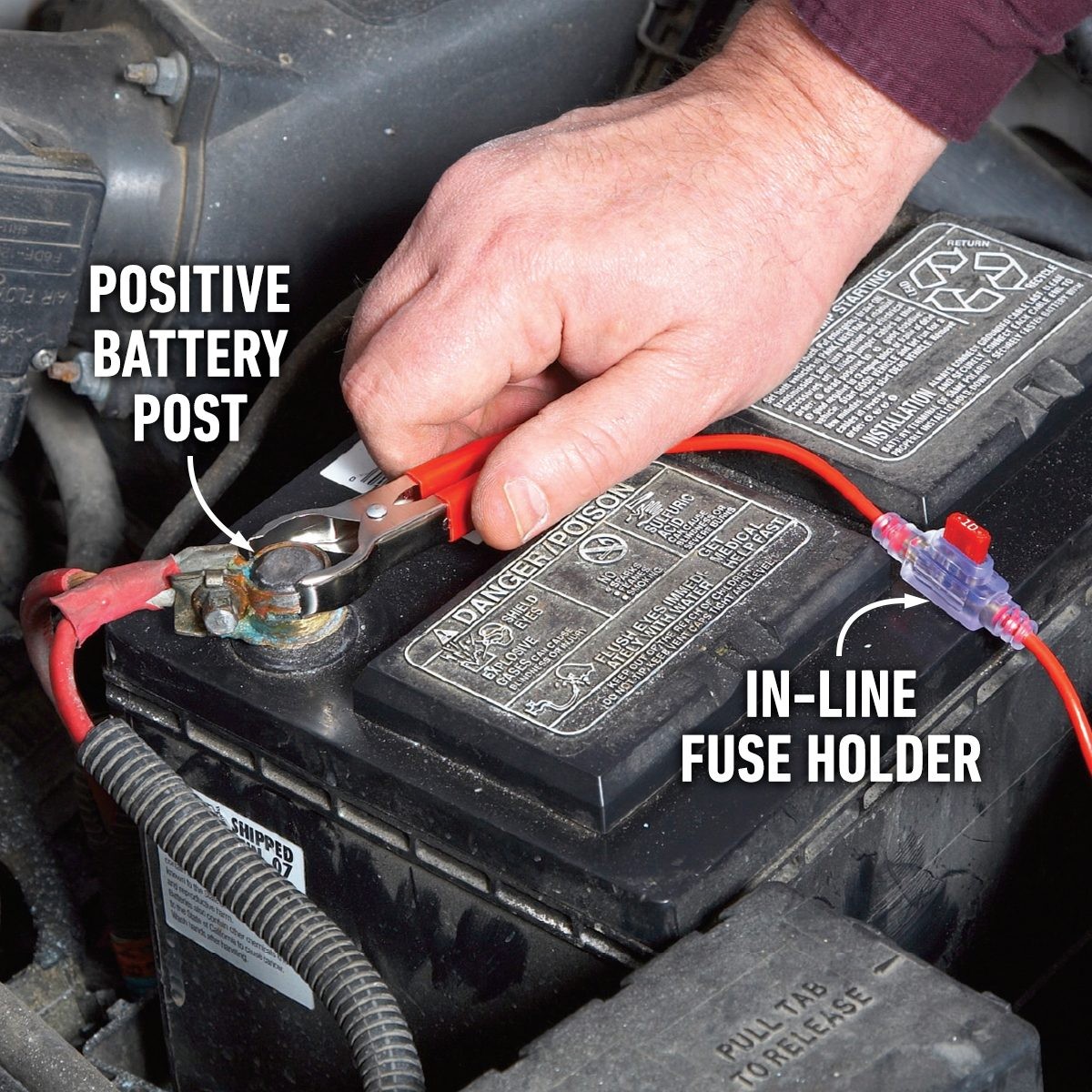You might not think about your car horn often, but it’s a vital safety feature. It’s there to alert other drivers and pedestrians in potentially dangerous situations. That’s why a malfunctioning car horn can be more than just an annoyance; it can be a safety hazard. If your horn suddenly stops working, don’t panic. Often, the problem can be something simple to fix yourself. This guide will walk you through the troubleshooting steps to diagnose and repair your car horn, saving you a trip to the mechanic.
Check for Corrosion on the Horn
The first and easiest step in diagnosing a car horn problem is a visual inspection. Car horns are typically located in front of the vehicle, often between the grille and the radiator. This placement exposes them to harsh conditions like rain, dirt, and road salt, which can lead to corrosion and malfunction.
Start by opening your car’s hood and locating the horn. Carefully examine the wiring connections to the horn. Ensure that these connections are secure and tight. Loose or corroded connections are common culprits for a non-working horn. Disconnect the wires from the horn terminals. Use a wire brush or terminal cleaner to clean any corrosion from both the terminals and the wire connectors. Once cleaned, reconnect the wires firmly. Try honking your horn to see if this simple cleaning has resolved the issue. If you still hear no sound or just a clicking noise, the problem might lie elsewhere, like a blown fuse.
Check the Fuse
If cleaning the connections didn’t fix your car horn, the next step is to check the fuse. Fuses are designed to protect your car’s electrical system, and a blown fuse is a common reason for a car horn to stop working.
Locate your car’s fuse box. Its location is usually detailed in your owner’s manual – typically under the dashboard, under the hood, or sometimes in the side of the dashboard. Once you’ve found the fuse box, inspect it for any signs of damage like charring or melting, which could indicate a more serious electrical problem.
Refer to your owner’s manual again to identify the fuse specifically for the car horn. Once located, carefully remove the fuse and check it. You can usually tell if a fuse is blown by looking at the thin wire inside; if it’s broken, the fuse is blown and needs replacement. Replace the blown fuse with a new fuse of the same amperage rating. After replacing the fuse, test your horn.
If the fuse is not blown, or if the new fuse blows immediately, you can try bypassing the car’s electrical system to test the horn directly. Use a fused jumper wire connected directly to the car battery and then to the horn terminal. A fused jumper wire is a simple tool made with battery clips, wire, and an in-line fuse holder to protect the circuit during testing. If the horn works when powered directly with the jumper wire (you hear a honking sound, or even a clicking sound), it indicates the horn itself is functional, and the problem is likely upstream in the electrical circuit, possibly a relay or wiring issue. If you only hear a clicking sound when using the jumper wire, a poor ground connection to the horn could be the issue. Clean the horn’s grounding point to the vehicle’s chassis to ensure a good electrical connection.
Check the Relay
If the fuse is intact and the car horn works when powered directly, the problem likely lies further upstream in the electrical system. A common culprit in this scenario is the car horn relay. A relay is an electrical switch that controls the power flow to the horn.
Locate the horn relay in your car’s fuse box. Your owner’s manual will provide the exact location. Once you find it, the easiest way to test a relay is to swap it with an identical relay from another system in your car, such as the windshield wipers or headlights (make sure the relays are the same type and amperage). Swap the horn relay with the other relay. Now, test your horn again. If the horn now works, the original relay is faulty and needs to be replaced.
If swapping the relay doesn’t solve the problem, and you’ve ruled out fuses and direct horn functionality, the issue might be more complex, such as a fault in the steering column switch, the clock spring, or a broken wire in the car’s wiring harness. Diagnosing these issues can be more involved and may require specialized tools and knowledge.
Conclusion
Troubleshooting a car horn problem can often be done at home with basic tools and a little know-how. By checking for corrosion, inspecting the fuse, and testing the relay, you can often pinpoint and fix the issue. However, if you’ve gone through these steps and your car horn is still not working, it might be time to consult a professional mechanic. They have the expertise and equipment to diagnose more complex electrical problems and ensure your car horn is back in working order, keeping you safe on the road.

